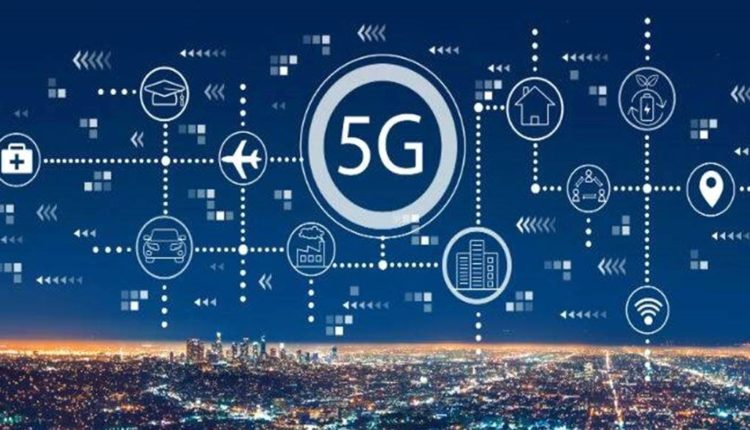Evolution of Internet in India – From Dial Up to 5G
From “no G to 5G”, the country has come a long way from strength to strength.
TNI Bureau: In the past 75 years, India has grown from bit to bit even leap-frogging technological advances, and is now well on its way to becoming a fully digital nation. From “no G to 5G”, the country has come a long way from strength to strength.
There was a time in independent India when owning a telephone was a luxury. Applying for a new connection took months and sometimes even years. There was no easy way to make a call.
In this internet special article, let’s talk about India’s internet evolution.
The Dial up era:
The foremost days of the consumer internet were soundtracked by a bowwow of digital hisses and beeps.
As internet protocols and technologies were formalized, in the late 1980s and early 1990s, universities, businesses, and indeed regular people started to connect over the internet. But before the invention of the World Wide Web, negotiating anything was a real chore. Information on the internet was delicate to search for, and nearly incredibly thick.
Although the first phone modem was constructed in 1958, which could just shoot data to other Bell bias, the first modem designed to use with a PC did n’t arrive until 1977. But it was n’t until 1996 that we got the 56k modem, which let internet druggies suds the web at a blistering,000 bits per second.
Subscribers would nearly always calculate on their being phone line for connection to the internet, meaning that no one could use the phone when someone was on internet. And everyone connecting in the mid-90s through to themid-2000s likely knew of the horror that was the dial- up modem connection sound.
Support Independent Journalism? Keep us live.
Arrival of the broadband:
Coupled with the arrival of wifi, broadband has revolutionized the way that people connect to the internet. Before wifi and broadband, penetrating the internet was a veritably stationary and slow experience, taking someone to sit in front of a large computer, physically connected to a modem, to pierce the web. But when wifi started to gain fashionability, it made the internet accessible wherever someone had a laptop, tablet, or Palm Pilot and wifi connection.
Broadbands are generally faster than dial ups.
Still, you ’re going to be blindsided by what happens in the coming many times, If you allowed the arrival of broadband and the internet as we know, the moment came snappily.
Mobile broadband — connecting to the internet through a cell phone has exploded in fashionability over the last five years. At the end of 2013, there were about1.9 billion smartphone subscriptions in the world, and by the end of 2018, there were about5.3 billion — that’s a jump of about 180 in five years.
The Cellular: India into G to 5G
It’s a far cry from the foremost duplication of the mobile internet, like WAP( Wireless Application Protocol). Introduced in 1999 and seen in similar phones as the Nokia 7110( which numerous inaptly associate with being featured in the time’s smash- hit film The Matrix), WAP was sort of like the early dial- up of mobile internet. You could look at rudimentary runners of the internet, to check effects like sports scores or news captions.
As 5G wireless networks are stationed around the world moment, numerous with the pledge of download pets over 1 Gigabit per second( compared to LTE, which maxes out at around 25 Mbps in the US), and connections so watertight it ’ll feel like you ’re in the same room as someone thousands of long hauls down. It’s easy to see how the internet could progress from its simple roots, but not what form it’ll take.
It’s possible that the coming replication of the internet, powered by 5G, could introduce some fantastical- sounding scripts surgeries performed ever in real time; lines of independent exchanges all covered from hence; stoked reality spectacles that overlay holographic information in front of us as we move through the world; computers hosted in the pall.


Comments are closed.